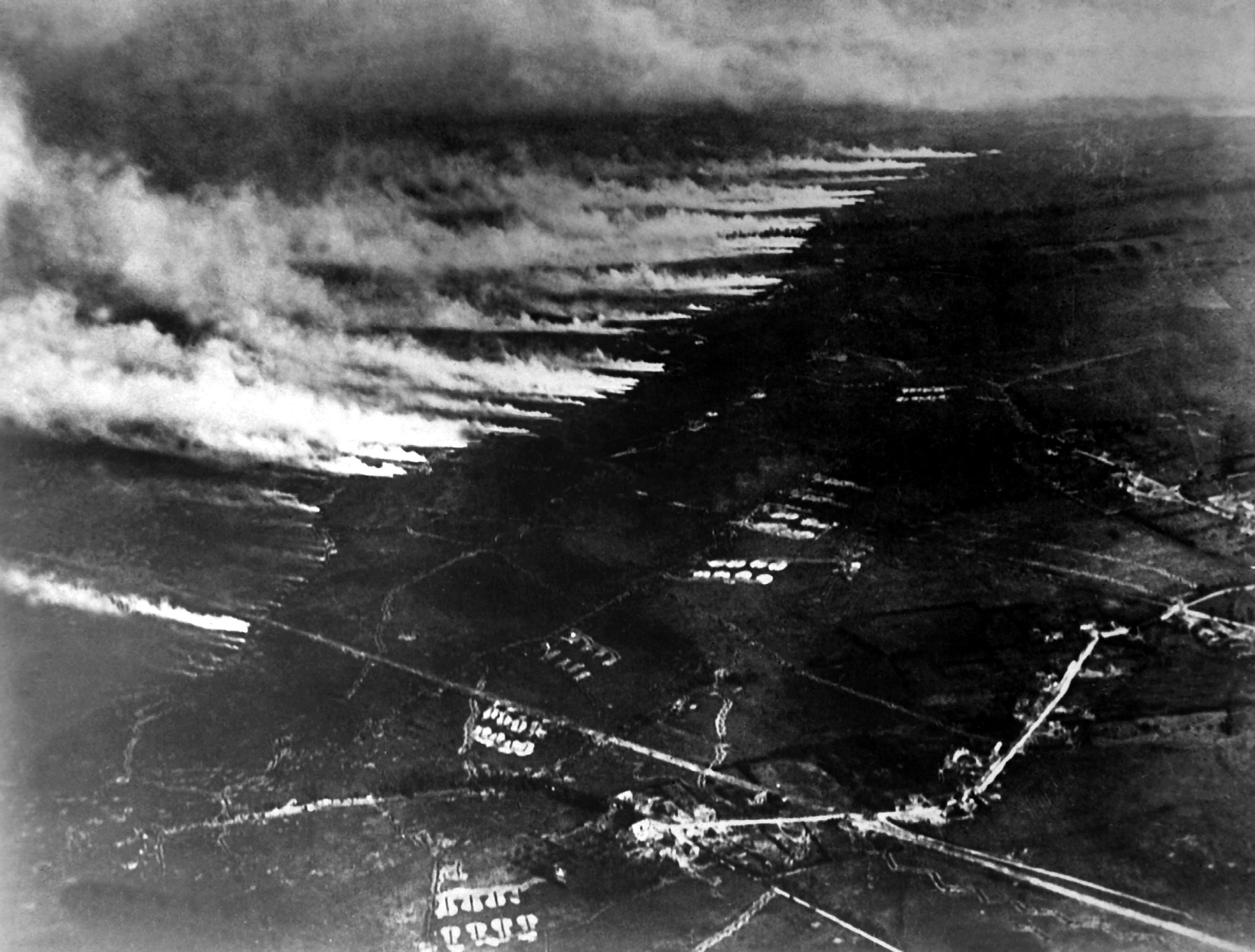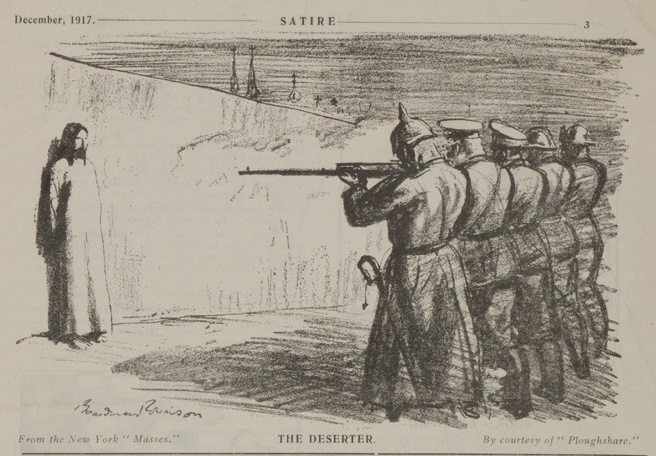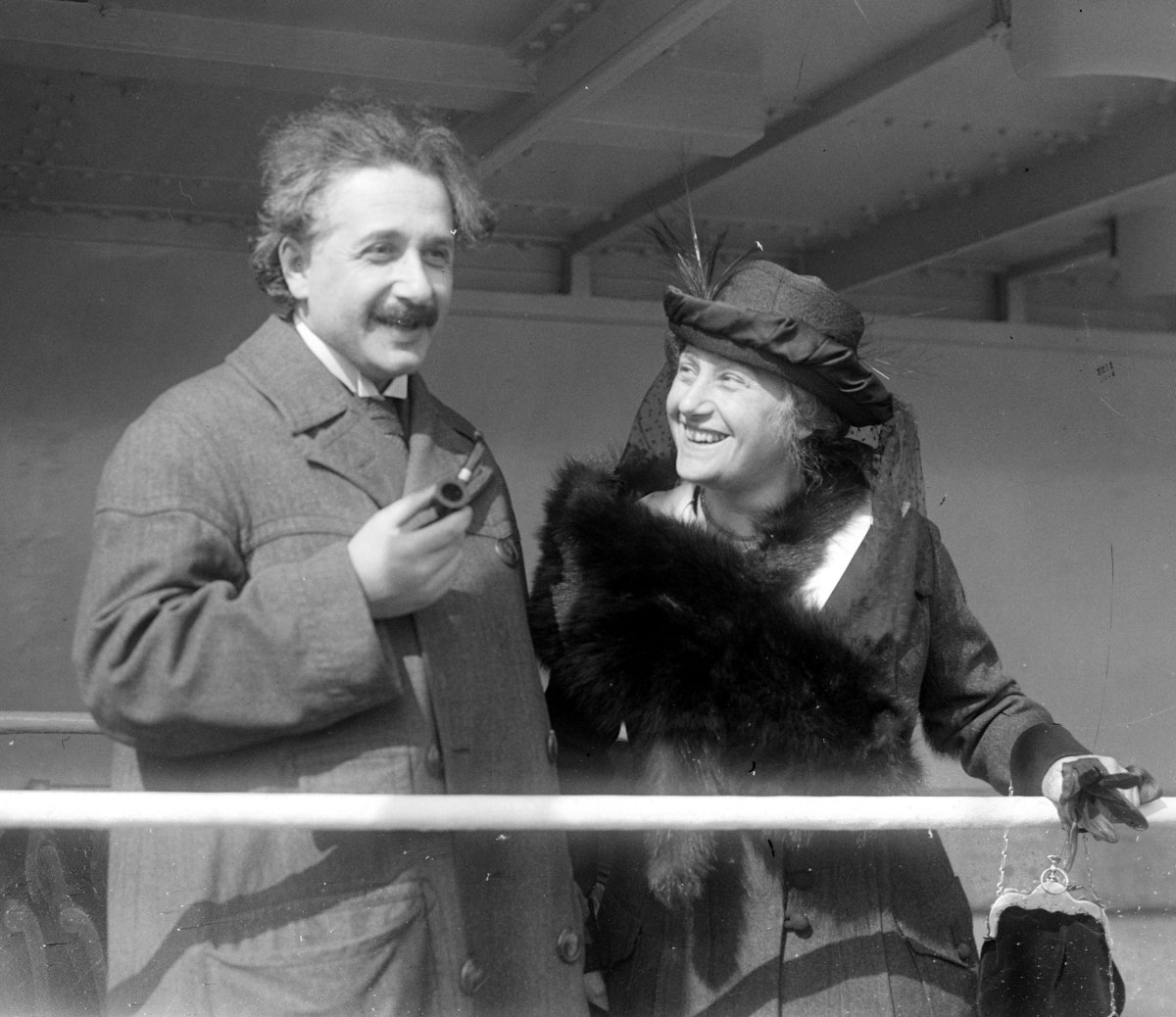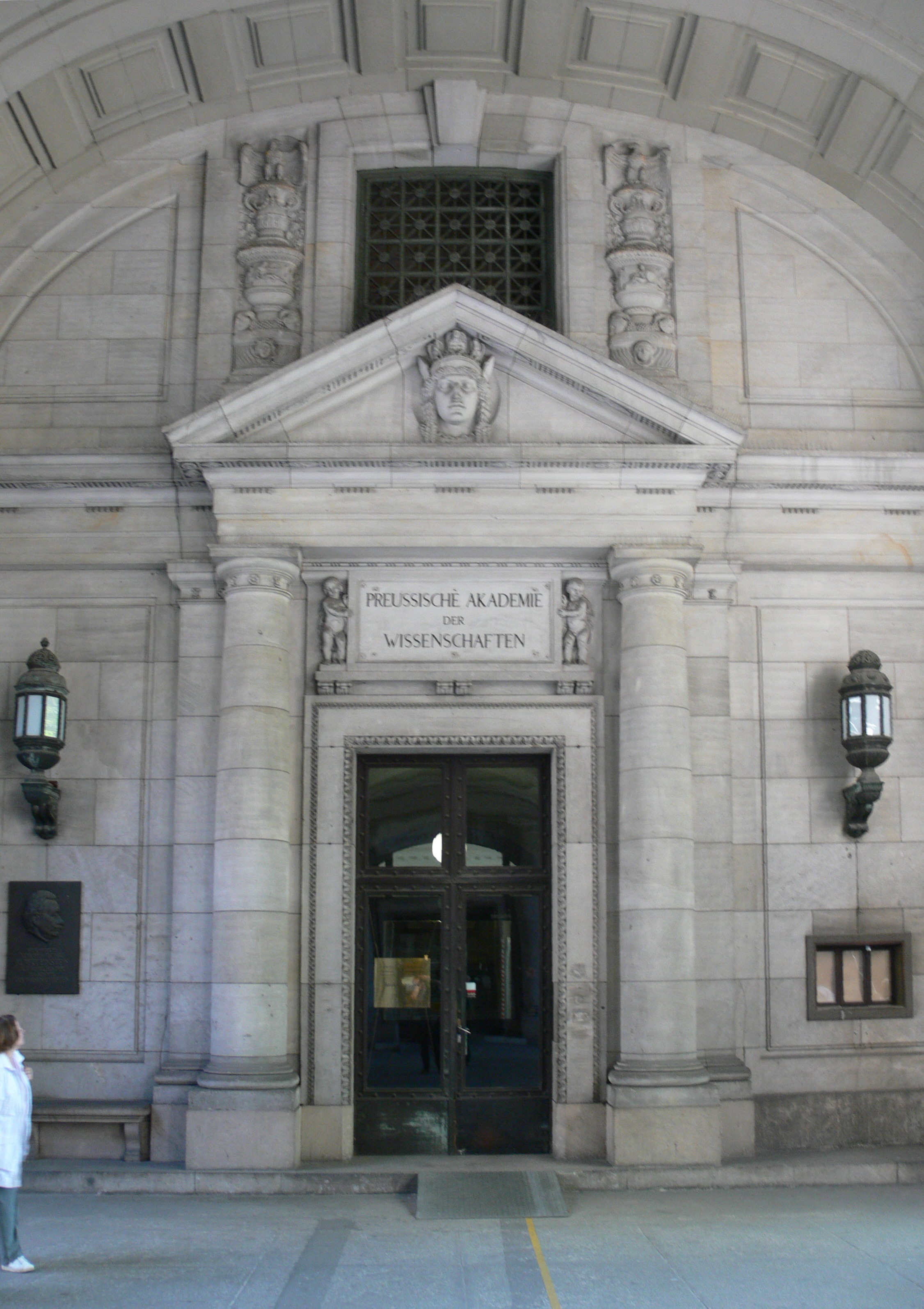|
Einstein And Eddington
''Einstein and Eddington'' is a British single drama produced by Company Pictures and the BBC, in association with HBO. It featured David Tennant as British scientist Sir Arthur Stanley Eddington, and Andy Serkis as Albert Einstein. This is the story of Einstein's general theory of relativity, his relationship with Eddington and the introduction of this theory to the world, against the backdrop of the Great War and Eddington's eclipse observations. It was first broadcast on BBC Two on 22 November 2008. Plot The prelude is set in 1919 on Eddington's expedition in Príncipe to observe the solar eclipse that year, before moving back in time to 1914. At the outbreak of the First World War, Eddington is appointed chief astronomer at Cambridge by Sir Oliver Lodge and instructed to research Einstein's work and defend the Newtonian status quo. Meanwhile, Einstein is lured back from Zürich to the Prussian Academy of Sciences in Berlin in an attempt to aid the war effort by embarras ... [...More Info...] [...Related Items...] OR: [Wikipedia] [Google] [Baidu] |
Peter Moffat
Alexander Peter Moffat (born 2 June 1962) is a British playwright and screenwriter. Early life Moffat was born in Edinburgh, Scotland, to John Laidlaw Moffat, who was in the Royal Military Police, and Norma Guthrie. His grandfather and great-grandfather were shepherds in Tweedsmuir. Their lives inspired his TV series ''The Village''. Moffat's father joined the Colonial Police Force in Tanganyika and later the Army, so the family, including young Peter, moved from country to country every two years, which inspired his series '' The Last Post''. Career Moffat's first play was ''Fine and Private Place'' and was broadcast on BBC Radio in 1997. His best-known plays are ''Nabokov's Gloves'' and ''Iona Rain''. Moffat is a former barrister; one of his early commissions was for an episode of '' Kavanagh QC''. He has since created three British television legal dramas: ''North Square'', ''Criminal Justice'' and ''Silk''. He also wrote the miniseries ''Cambridge Spies'' and the t ... [...More Info...] [...Related Items...] OR: [Wikipedia] [Google] [Baidu] |
Cambridge University
, mottoeng = Literal: From here, light and sacred draughts. Non literal: From this place, we gain enlightenment and precious knowledge. , established = , other_name = The Chancellor, Masters and Scholars of the University of Cambridge , type = Public research university , endowment = £7.121 billion (including colleges) , budget = £2.308 billion (excluding colleges) , chancellor = The Lord Sainsbury of Turville , vice_chancellor = Anthony Freeling , students = 24,450 (2020) , undergrad = 12,850 (2020) , postgrad = 11,600 (2020) , city = Cambridge , country = England , campus_type = , sporting_affiliations = The Sporting Blue , colours = Cambridge Blue , website = , logo = University of Cambridge logo ... [...More Info...] [...Related Items...] OR: [Wikipedia] [Google] [Baidu] |
Max Planck
Max Karl Ernst Ludwig Planck (, ; 23 April 1858 – 4 October 1947) was a German theoretical physicist whose discovery of energy quanta won him the Nobel Prize in Physics in 1918. Planck made many substantial contributions to theoretical physics, but his fame as a physicist rests primarily on his role as the originator of quantum theory, which revolutionized human understanding of atomic and subatomic processes. In 1948, the German scientific institution Kaiser Wilhelm Society (of which Planck was twice president) was renamed Max Planck Society (MPG). The MPG now includes 83 institutions representing a wide range of scientific directions. Life and career Planck came from a traditional, intellectual family. His paternal great-grandfather and grandfather were both theology professors in Göttingen; his father was a law professor at the University of Kiel and Munich. One of his uncles was also a judge. Planck was born in 1858 in Kiel, Holstein, to Johann Julius Wilhelm Plan ... [...More Info...] [...Related Items...] OR: [Wikipedia] [Google] [Baidu] |
Newton's Laws
Newton's laws of motion are three basic laws of classical mechanics that describe the relationship between the motion of an object and the forces acting on it. These laws can be paraphrased as follows: # A body remains at rest, or in motion at a constant speed in a straight line, unless acted upon by a force. # When a body is acted upon by a force, the time rate of change of its momentum equals the force. # If two bodies exert forces on each other, these forces have the same magnitude but opposite directions. The three laws of motion were first stated by Isaac Newton in his '' Philosophiæ Naturalis Principia Mathematica'' (''Mathematical Principles of Natural Philosophy''), originally published in 1687. Newton used them to investigate and explain the motion of many physical objects and systems, which laid the foundation for classical mechanics. In the time since Newton, the conceptual content of classical physics has been reformulated in alternative ways, involving differen ... [...More Info...] [...Related Items...] OR: [Wikipedia] [Google] [Baidu] |
Mercury (planet)
Mercury is the smallest planet in the Solar System and the closest to the Sun. Its orbit around the Sun takes 87.97 Earth days, the shortest of all the Sun's planets. It is named after the Roman god ' ( Mercury), god of commerce, messenger of the gods, and mediator between gods and mortals, corresponding to the Greek god Hermes (). Like Venus, Mercury orbits the Sun within Earth's orbit as an inferior planet, and its apparent distance from the Sun as viewed from Earth never exceeds 28°. This proximity to the Sun means the planet can only be seen near the western horizon after sunset or the eastern horizon before sunrise, usually in twilight. At this time, it may appear as a bright star-like object, but is more difficult to observe than Venus. From Earth, the planet telescopically displays the complete range of phases, similar to Venus and the Moon, which recurs over its synodic period of approximately 116 days. The synodic proximity of Mercury to Earth makes Mercury most ... [...More Info...] [...Related Items...] OR: [Wikipedia] [Google] [Baidu] |
Manifesto Of The Ninety-Three
The "Manifesto of the Ninety-Three" (originally "To the Civilized World" by "Professors of Germany") is a 4 October 1914 proclamation by 93 prominent Germans supporting Germany in the start of World War I. The Manifesto galvanized support for the war throughout German schools and universities, but many foreign intellectuals were outraged. For instance, some military actions by Germany were called elsewhere the Rape of Belgium. The astronomer Wilhelm Foerster soon repented having signed the document. Soon, with the physiologist Georg Friedrich Nicolai, drew up the '' Manifesto to the Europeans''. They argued, Whilst various people expressed sympathy with these sentiments, only the philosopher Otto Buek and Albert Einstein signed it and it remained unpublished at the time. It was subsequently brought to light by Einstein. A report in 1921 in ''The New York Times'' found that of 76 surviving signatories, 60 expressed varying degrees of regret. Some claimed not to have seen what ... [...More Info...] [...Related Items...] OR: [Wikipedia] [Google] [Baidu] |
Poison Gas In World War I
The use of toxic chemicals as weapons dates back thousands of years, but the first large scale use of chemical weapons was during World War I. They were primarily used to demoralize, injure, and kill entrenched defenders, against whom the indiscriminate and generally very slow-moving or static nature of gas clouds would be most effective. The types of weapons employed ranged from disabling chemicals, such as tear gas, to lethal agents like phosgene, chlorine, and mustard gas. This chemical warfare was a major component of the first global war and first total war of the 20th century. The killing capacity of gas was limited, with about 90,000 fatalities from a total of 1.3 million casualties caused by gas attacks. Gas was unlike most other weapons of the period because it was possible to develop countermeasures, such as gas masks. In the later stages of the war, as the use of gas increased, its overall effectiveness diminished. The widespread use of these agents of chemical warf ... [...More Info...] [...Related Items...] OR: [Wikipedia] [Google] [Baidu] |
Conscientious Objector
A conscientious objector (often shortened to conchie) is an "individual who has claimed the right to refuse to perform military service" on the grounds of freedom of thought, conscience, or religion. The term has also been extended to objecting to working for the military–industrial complex due to a crisis of conscience. In some countries, conscientious objectors are assigned to an alternative civilian service as a substitute for conscription or military service. A number of organizations around the world celebrate the principle on May 15 as International Conscientious Objection Day. On March 8, 1995, the United Nations Commission on Human Rights resolution 1995/83 stated that "persons performing military service should not be excluded from the right to have conscientious objections to military service". This was re-affirmed on April 22, 1998, when resolution 1998/77 recognized that "persons lreadyperforming military service may ''develop'' conscientious objections". H ... [...More Info...] [...Related Items...] OR: [Wikipedia] [Google] [Baidu] |
Quaker
Quakers are people who belong to a historically Protestant Christian set of Christian denomination, denominations known formally as the Religious Society of Friends. Members of these movements ("theFriends") are generally united by a belief in each human's ability to experience Inward light, the light within or see "that of God in every one". Some profess a priesthood of all believers inspired by the First Epistle of Peter. They include those with evangelicalism, evangelical, Holiness movement, holiness, Mainline Protestant, liberal, and Conservative Friends, traditional Quaker understandings of Christianity. There are also Nontheist Quakers, whose spiritual practice does not rely on the existence of God. To differing extents, the Friends avoid creeds and Hierarchical structure, hierarchical structures. In 2017, there were an estimated 377,557 adult Quakers, 49% of them in Africa. Some 89% of Quakers worldwide belong to ''evangelical'' and ''programmed'' branches that hold ... [...More Info...] [...Related Items...] OR: [Wikipedia] [Google] [Baidu] |
Elsa Einstein
Elsa Einstein (18 January 1876 – 20 December 1936) was the second wife and cousin of Albert Einstein. Their mothers were sisters, thus making them maternal first cousins. Further, their fathers were first cousins, making the couple paternal second cousins too. Elsa had the surname of Einstein at birth, lost it when she took the name of her first husband Max Löwenthal, and regained it in 1919 when she married her cousin Albert. Early life Elsa, the daughter of Rudolf Einstein and Fanny Einstein (née Koch), was born in Hechingen on 18 January 1876. She had two sisters: Paula (c. 1878–c. 1955) and Hermine (1872–1942). Rudolf was a textile manufacturer in Hechingen. During the regular visits with the family in Munich, she often played with her cousin Albert. In her Swabian dialect, she called him "Albertle". The two parted ways in 1894, when Albert left Germany to follow his family to Milan. Married life In 1896, Elsa married textile trader Max Löwenthal (1864– ... [...More Info...] [...Related Items...] OR: [Wikipedia] [Google] [Baidu] |
Isaac Newton
Sir Isaac Newton (25 December 1642 – 20 March 1726/27) was an English mathematician, physicist, astronomer, alchemist, theologian, and author (described in his time as a "natural philosopher"), widely recognised as one of the greatest mathematicians and physicists and among the most influential scientists of all time. He was a key figure in the philosophical revolution known as the Enlightenment. His book (''Mathematical Principles of Natural Philosophy''), first published in 1687, established classical mechanics. Newton also made seminal contributions to optics, and shares credit with German mathematician Gottfried Wilhelm Leibniz for developing infinitesimal calculus. In the , Newton formulated the laws of motion and universal gravitation that formed the dominant scientific viewpoint for centuries until it was superseded by the theory of relativity. Newton used his mathematical description of gravity to derive Kepler's laws of planetary motion, account for ... [...More Info...] [...Related Items...] OR: [Wikipedia] [Google] [Baidu] |
Prussian Academy Of Sciences
The Royal Prussian Academy of Sciences (german: Königlich-Preußische Akademie der Wissenschaften) was an academy established in Berlin, Germany on 11 July 1700, four years after the Prussian Academy of Arts, or "Arts Academy," to which "Berlin Academy" may also refer. In the 18th century, it was a French-language institution since French was the language of science and culture during that era. Origins Prince-elector Frederick III of Brandenburg, Germany founded the Academy under the name of ''Kurfürstlich Brandenburgische Societät der Wissenschaften'' ("Electoral Brandenburg Society of Sciences") upon the advice of Gottfried Wilhelm Leibniz, who was appointed president. Unlike other Academies, the Prussian Academy was not directly funded out of the state treasury. Frederick granted it the monopoly on producing and selling calendars in Brandenburg, a suggestion from Leibniz. As Frederick was crowned "King in Prussia" in 1701, creating the Kingdom of Prussia, the Academy was ... [...More Info...] [...Related Items...] OR: [Wikipedia] [Google] [Baidu] |








